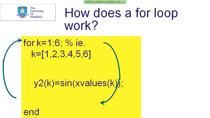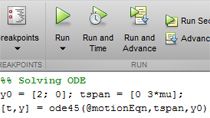What is Object-Oriented Programming in MATLAB?
Object-oriented programming is a design approach that enables you to programmatically define structures called objects that combine data (properties) together with functions that operate on that data (methods). In MATLAB®, you can create objects that model the behavior of devices and systems in the real world. Those objects can then be used as building blocks in applications used to simulate and analyze complex systems. This video provides an overview of object-oriented programming and guides you through an example that highlights the features and capabilities of MATLAB that support this programming design approach.
Published: 1 Oct 2024




